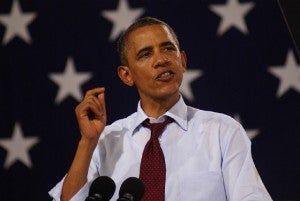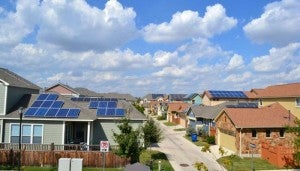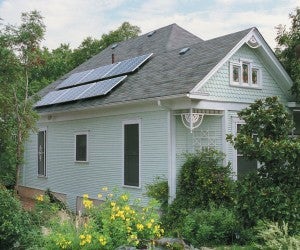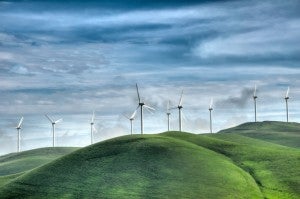In his final State of the Union address last night, President Obama did not spend any time bragging about his signature environmental achievements, such as the Clean Power Plan or the Paris climate accord. Instead, he highlighted the need for a more flexible electric grid in order to accelerate America’s transition to a clean energy economy, noting that, “Rather than subsidize the past, we should invest in the future.”
But some climate deniers and industry leaders alike are stuck in the past, and do not share Obama’s enthusiasm for a clean energy future. They argue that this path will cost too much and have a devastating impact on our economy. We’ve heard this argument before, and it doesn’t hold true. Read More





